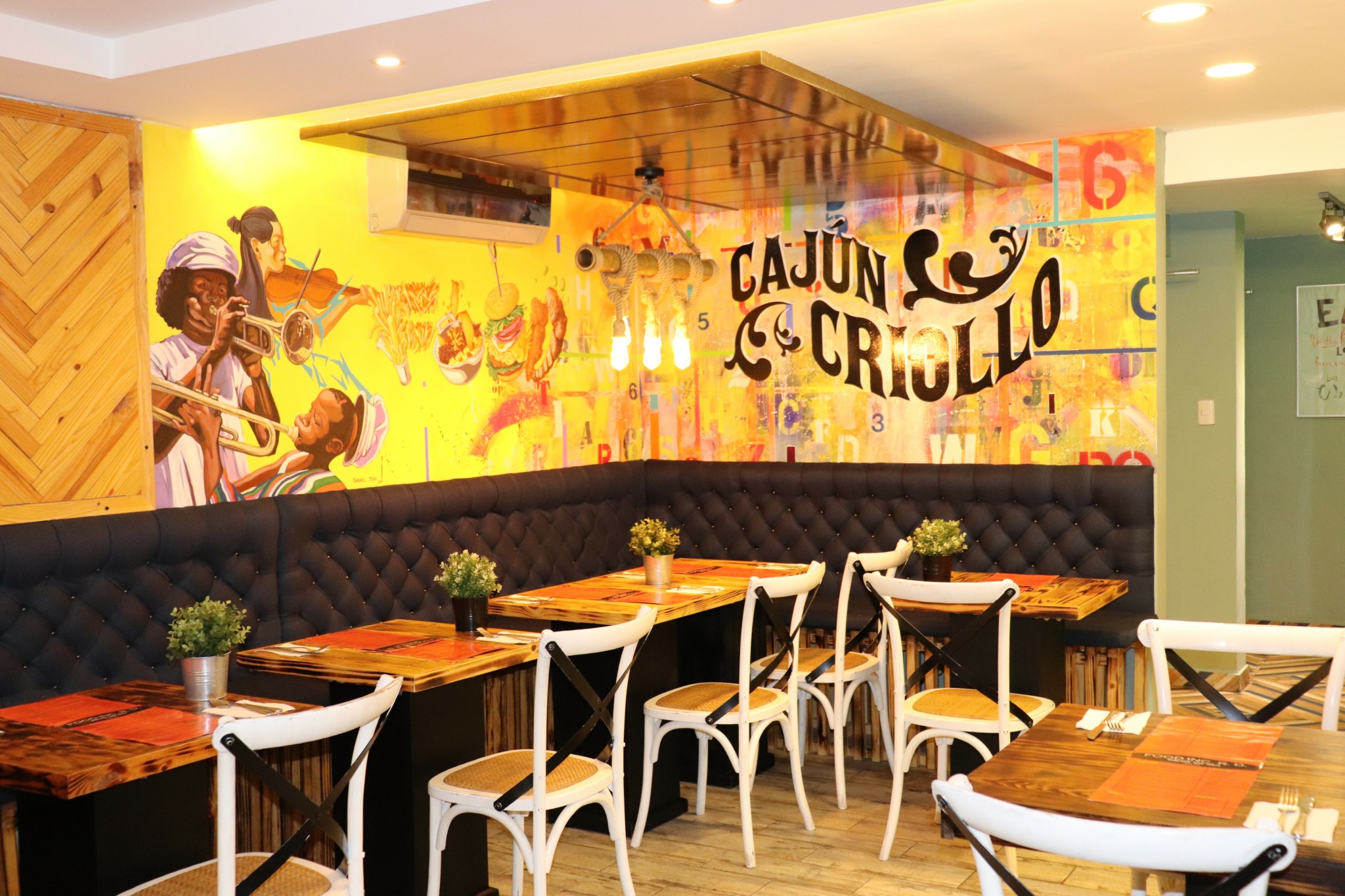Alright – so today we’ve got the honor of introducing you to Gabriel Castillo. We think you’ll enjoy our conversation, we’ve shared it below.
Gabriel, appreciate you joining us today. We’d love to hear about a project that you’ve worked on that’s meant a lot to you.
My most significant project is undoubtedly my graphic novel Palma Sola. Its meaning and relevance transcend history, but first, I want to share how it all began and how everything is filled with symbolism. This novel was proposed for a cultural competition announced by the government of the Dominican Republic in 2014. The person who had the vision to propose an illustrated book was my mentor, Angelo Valenzuela, who was my drawing professor at Chavon and also a close friend of my father, Gerardo Castillo—both united by their passion for writing.
My father and I worked on the proposal. The theme of the legend of Liborio was chosen by him because he was familiar with the historical events, which took place in his hometown, Las Matas de Farfán. I designed a draft cover, and my father developed the central storyline. Our project was accepted, and with the sponsorship, we began producing the novel. During the process, the book went through many ups and downs. There were months where I illustrated tirelessly, and other times where I didn’t touch the pages for months. At the start of 2019, just a few days into the new year, we suffered the sudden loss of our friend Angelo, who died in a car accident.
It was devastating for everyone, and naturally, it affected us deeply. That year, I decided to pick up the book again. I used the submission deadline for the International Manga Award as a motivation to finish the book, I translated the work into English and submited it to the competition. I felt proud of the result, and it was a way to honor my mentor.
In November 2019, to everyone’s surprise—including my own—we received a call from the Japanese Embassy in the Dominican Republic. The book had been selected… we had won the Bronze Award category!! The Dominican Republic became the first Caribbean country to win this competition. It was a turning point in our career. In February 2020, I traveled to Japan for the recognition ceremony. I began to gain international visibility, and by the end of 2020, Forbes Latin America selected me as one of the 10 most creative individuals of the year. The novel was officially published in 2021 in New York City under the Dominican Writers Association publishing label.
The book is dedicated to Angelo.


Gabriel, before we move on to more of these sorts of questions, can you take some time to bring our readers up to speed on you and what you do?
I was born and raised in Santo Domingo, Dominican Republic. I come from the San Carlos neighborhood, the oldest in the city. It’s a community rich in sports culture, music, and carnival folklore. From a young age, I was surrounded by an artistic environment. As a teenager, I knew I wanted to be an artist, and with the support of my family, I began my studies in Fine Arts at the age of 16. I took it very seriously because I came from a poor family with limited resources, and this opportunity was unique.
I worked in many disciplines. I participated in sculpture workshops, group painting exhibitions, and editorial assignments for newspapers. My first experience as an art teacher came at 18 when I taught at the painting school of maestro Guillo Pérez.
In my 20s, I began working professionally, focusing on children’s book illustrations for publishing houses. While I won awards in local painting competitions, I wasn’t able to break into the gallery market. My inclination toward editorial drawing and animation became decisive, as they were more profitable industries.
Each project or client comes with its own challenges, whether technical, time-related, or aesthetic. Creativity is also the ability to solve problems. In countries like mine, where industries are still developing, you must have great flexibility and adaptability for a wide range of projects.
My specialties are creating illustrated books, graphic novels, and comics. I also work on mural art for businesses, bringing color and vibrancy to their walls. Additionally, I do graphic design, including designing a cultural magazine for the Dominican diaspora in New York. I focus on improving the image of businesses. Aesthetics are crucial—they’re the face and atmosphere of any commercial space. Mural art gives me the power to transform the energy of spaces, whether public or private.
What distinguishes me from other artists is my ability to understand the culture and needs of people, as well as my adaptability to multiple roles. My background in teaching allows me to develop creative projects, manage artists, recognize where their talents can shine, and delegate tasks effectively.
I am proud to have marked a turning point in the history of Dominican comics, to have positively impacted my culture, and to serve as an example of effort and discipline.


What do you find most rewarding about being a creative?
I am passionate about what I do and deeply connected to my work. It gives purpose to my life and allows me to maintain a mindset of gratitude, regardless of the results. It’s about how we experience the process, not just the outcome.


How can we best help foster a strong, supportive environment for artists and creatives?
“Today’s digital consumer society has created a vast ecosystem that greatly supports the rapid growth of artists. However, artists still need the support of their immediate communities—attending art exhibitions and purchasing their work is essential. Additionally, artists require strong protections in business practices to ensure their sustainability and success.”
Contact Info:
- Website: https://litevisualestudio.com/
- Instagram: @gabrieljehu
- Facebook: Gabriel Jehu
- Linkedin: Gabriel Castillo
- Twitter: @gabrieljehu2
- Youtube: https://www.youtube.com/@litevisual3566


Image Credits
Photography:
@kilpatry
@bernardoalmonteat


